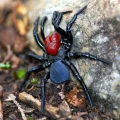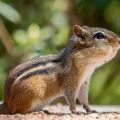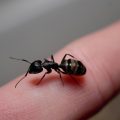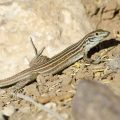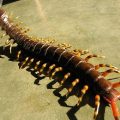The African sink newt is a small, dark-colored newt found in Africa. It is a member of the family Salamandridae, which contains all the newts and salamanders. The African sink newt is found in freshwater habitats, such as ponds, lakes, and streams. It is a timid creature that spends most of its time hiding under rocks and logs. When threatened, it will curl into a ball and secrete a poisonous substance from its skin. The African sink newt is an important part of the food chain in its ecosystem and plays a role in controlling the population of insects and othr small animals.
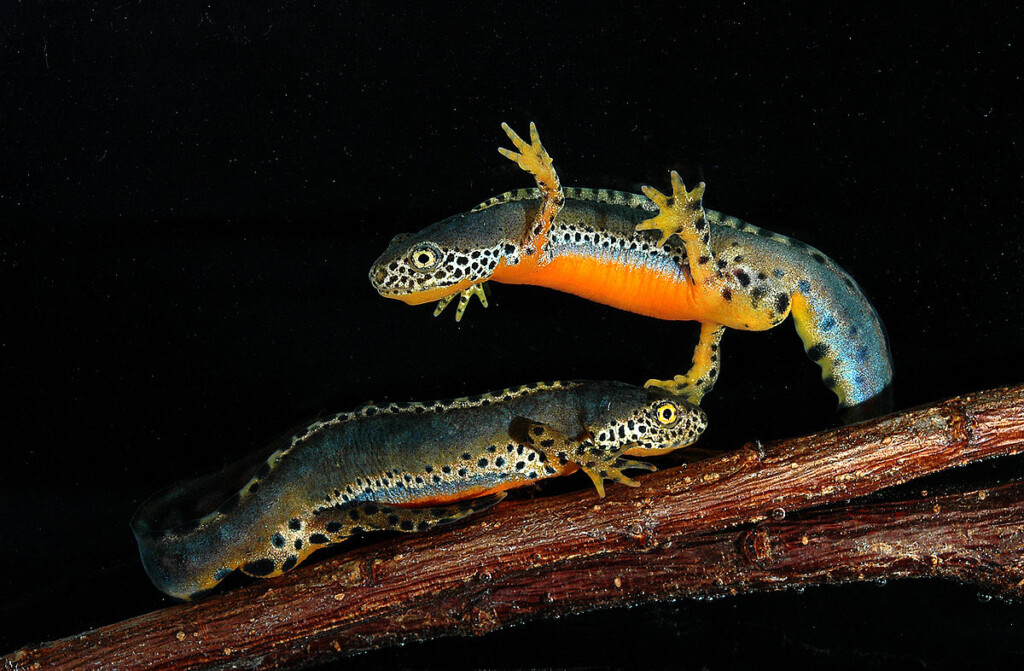
What Is The Rarest Newt?
Gorgan’s cave newt is the rarest newt in the world. Found only in Northeastern Iran, this species is endemic to Golestan province. One of the rarest amphibians in the world, very little is knon about the biology or ecology of this newt.
Where Does The Danube Crested Newt Live?
The Danube crested newt lives in central and eastern Europe, aong the basin of the Danube river and some of its tributaries and in the Dnieper delta.
How Big Can A Alpine Newt Get?
A typical alpine newt measures 7–12 cm (2.8–4.7 in) from snout to vent, with a maximum length of around 20 cm (8 in). They have a dark grey to blue back and sides, with an orange belly and throat. The larvae are much smaller, measuring only 2–3 cm (0.8–1.2 in) long.
Can You Hold A Newt?
You can hold a newt, but you need to be careful. Newts skin glands can produce toxins such as Tarichatoxin, which can be fatal if ingested. So don’t eat your pet! Also, don’t handle newts when you have an open cut, and always wash well afterwards.
What To Do If I Find A Newt?
If you find a newt, it is best to leave it where you found it. If the animal is trapped or in danger, release it into another part of the garden that provides cover from predators and extreme weather; for example in a compost heap, underneath a garden shed or near/underneath dense foliage.
Are Newts Toxic To Humans?
Most newts are only mildly poisonous to humans, with the exception of a few species like the Rough-skinned newt and Emperor newt, whose toxins can be lethal. Generally, newts secrete mild toxins that cause irritation when ingested by predators. However, it is important to note that even mild toxins can be harmful if ingested in large quantities. Therefore, it is best to avoid handling newts altogether, unles you are experienced in doing so.
Are Crested Newts Poisonous?
Crested newts are poisonous if they secrete the poison tetrodotoxin from their skin. However, they secrete much less of the poison than for example the North American Pacific newts (Taricha).
What Is The Largest Newt In The World?
The largest newt in the world is the Chinese giant salamander, which can reach lengths of more than 1.8m. This species belongs to a small and ancient group of salamanders that diverged from their closest relatives during the Jurassic period over 170 million years ago.
How Long Does A Newt Live?
Newts can live up to 15-25+ years with proper care. What fish do newts eat? Newts will eat small fish like guppies and minnows, as well as small shrimp and crustaceans.
Are Alpine Newts Fully Aquatic?
Alpine newts are not fully aquatic, but they are often found in and arund water. In the northern parts of their range, they are more terrestrial, while in the southern parts, they often live in mountains and hills where they are aquatic for most of the year.
Are Alpine Newts Native To UK?
No, alpine newts are not native to the UK. They are a species of newt that is native to continental Europe and were introduced to Great Britain during the last century. The first alpine newts were recorded in Newdigate, Surrey during the 1920s. Since then they have become increasingly widespread throughout England and Scotland.
Do Newts Get Lonely?
If newts are kept alone, they will become lonely and may stop eating or become ill. Newts are social creatures and do best when kept in pairs or small groups. In the wild, newts live in ponds with other newts, so being alone is not natural for them. When choosing newts as pets, be sure to get at least two of the same species so they can keep each other company.
Can I Put A Newt In My Fish Tank?
No, newts cannot live in a fish tank. Aquatic newts need a properly set-up aquarium to live in and thrive. A 10-gallon (38 L) tank is the minimum size recommended for keeping newts, but ideally, a larger tank would be used. Newts also do best when kept in pairs, so a 10-gallon tank shuld ideally house at least two newts.
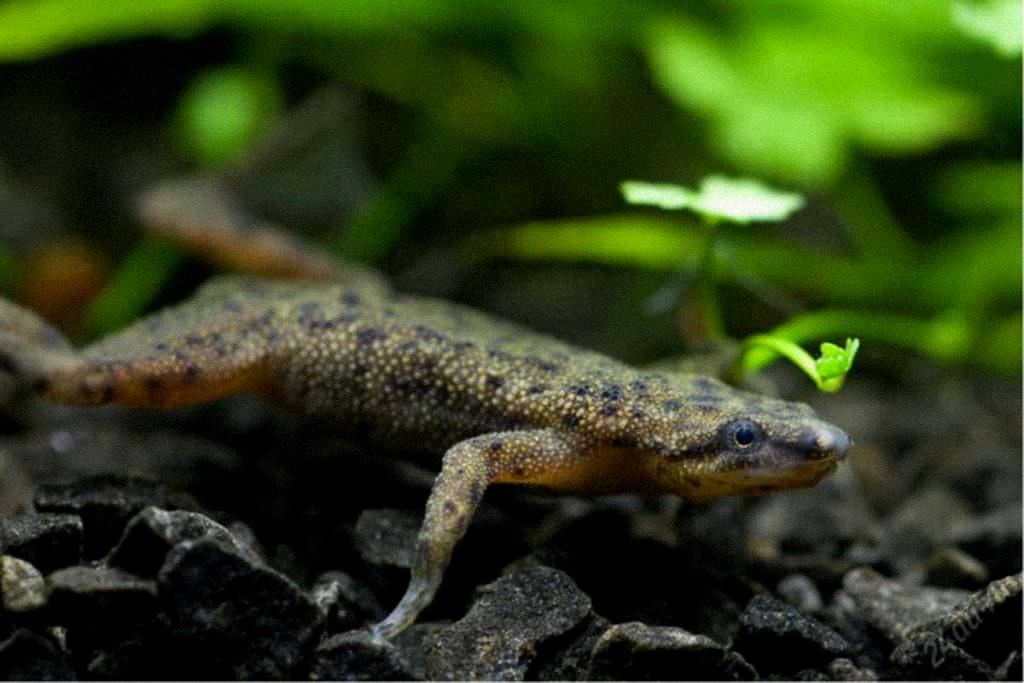
How Much Do Newts Cost?
Newts can cost anywhere from $20 to $200, depending on the species and where you purchase them. Generally, newts that are captive-bred and come from reputable sources will be on the lower end of the price range, while those that are wild-caught or from less reliable sources will be on the higher end. When buying a newt, be sure to ask about its health and origin, and get a written guarantee or receipt in case there are any problems latr on.
Can A Newt Hurt A Dog?
The answer to this question is both yes and no. While most newts are only mildly poisonous, there are some species, such as the fire salamander and the rough-skinned newt, that have extremely potent toxins that can be fatal to any dog (or human) unfortunate enough to ingest them in sufficient quantities. Therefore, it is important to be aware of the type of newt your dog comes into contact with and to seek medical help if necessary.
How Long Can A Newt Go Without Eating?
A newt can go for several months without eating, although it is not recommended. If a newt is not eating, it may be because it is sick or stressed. If you are concerned about your newt’s health, please consult a veterinarian.
How Long Does It Take For A Alpine Newt To Grow?
The Alpine newt is a small amphibian that can grow up to 6 inches in length. It takes thee newts 2 to 3 years to reach sexual maturity. Adults and juveniles hibernate on land from October to February.
What Size Tank Does A Newt Need?
A 10-gallon tank is the best size for a newt. This will provide enough room for your pet to hide, dig, and sleep. Aquariums tanks are best used for aquatic and semi-aquatic salamanders and newts as they can hold enough water to accommodate their life-style.
How Do You Make A Newt Habitat?
To make a newt habitat, you will need to provide them with a place to hide, places to find food, and places to lay thir eggs. Logs, stones, long grass, and compost heaps can all provide shelter for newts. Damp places are also important, as they provide a source of water for newts to drink and a place for them to lay their eggs. Nooks and crannies under sheds, decking, or greenhouses can also be good places for newts to hide.
What Are Newt Babies Called?
Newt babies are called tadpoles. They resemble baby fish with feathered external gills. Much like frogs, newts evolve into their adult form.
Conclusion
The African sink newt is a small, dark-colored newt found in Africa. It is a member of the family Salamandridae, which contains all the newts and salamanders. The African sink newt is one of the most primitive members of this family, and its anatomy has changed little snce the time of the dinosaurs.
The African sink newt is a shy, reclusive creature that spends most of its time hiding in crevices and under rocks. It coes out at night to hunt for insects, spiders, and other small invertebrates. The African sink newt is an important part of the ecosystem, helping to control populations of pests.
The African sink newt is threatened by habitat loss and degradation. Its habitats are beng destroyed by human activities such as farming, logging, and mining. The African sink newt is also hunted for its skin, which is used to make traditional medicines.
The African sink newt is a fascinating creature with a long history. It is an important part of the ecosystem and neds our help to survive.


